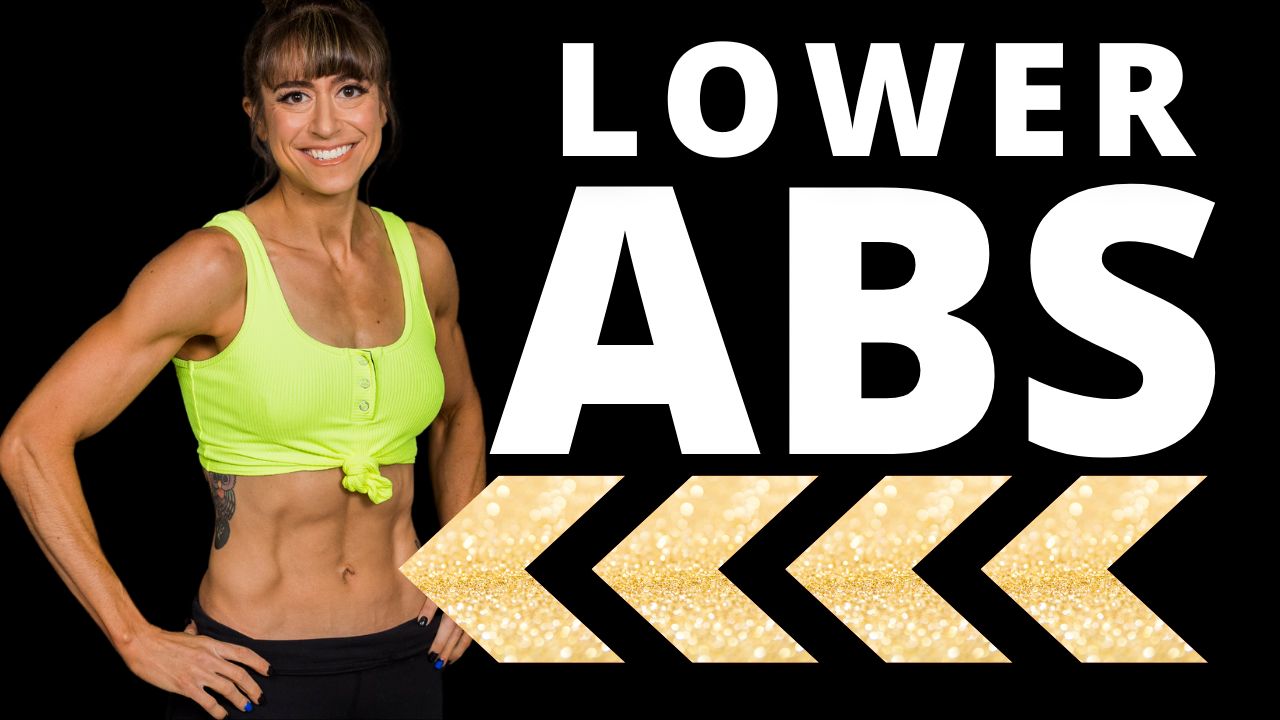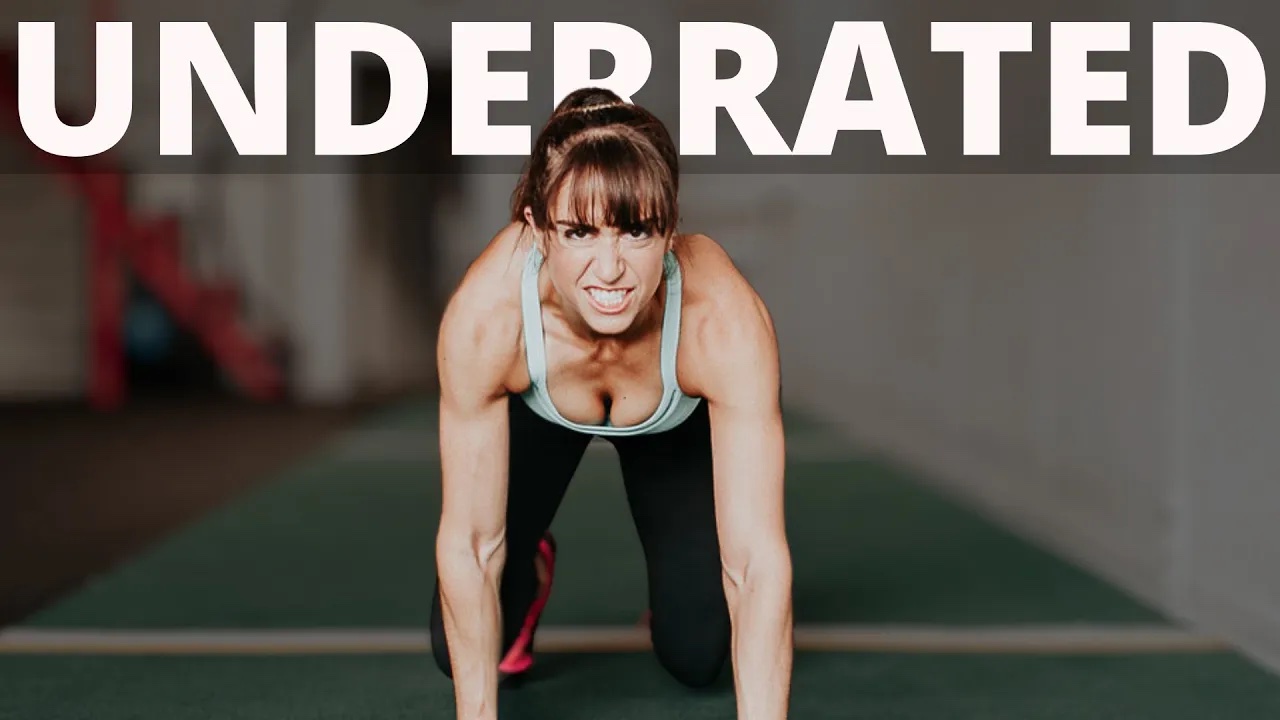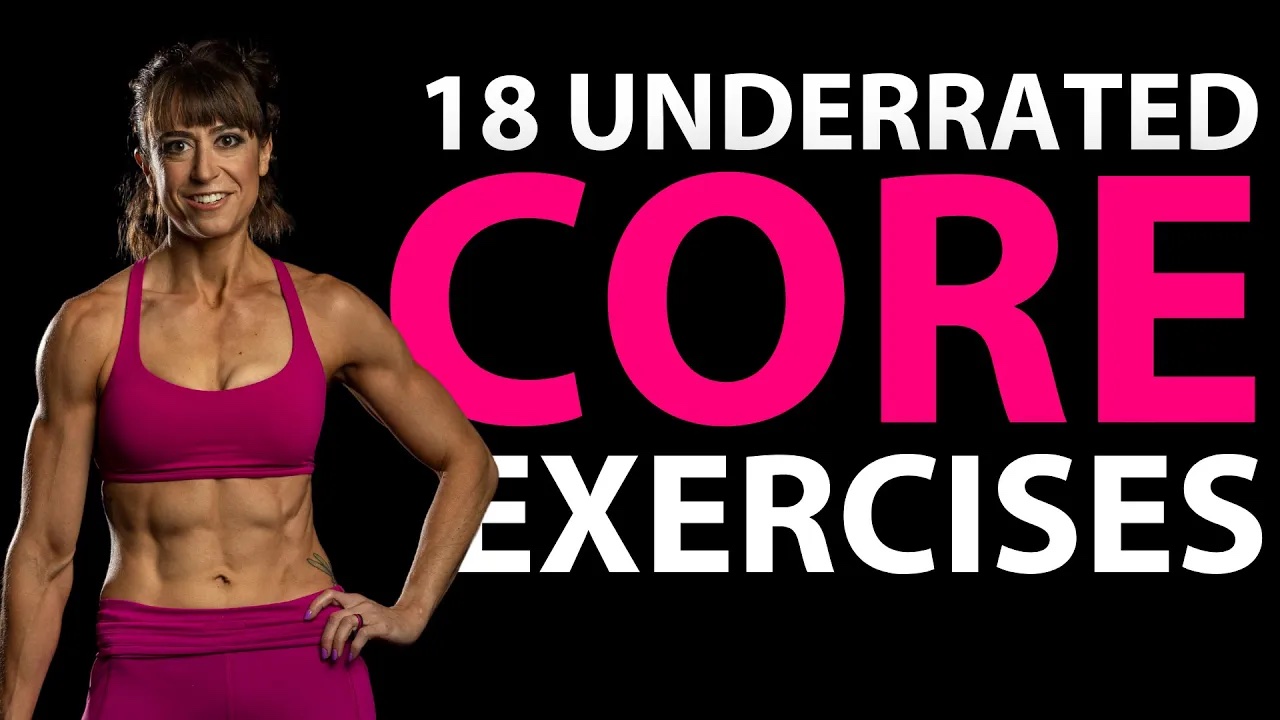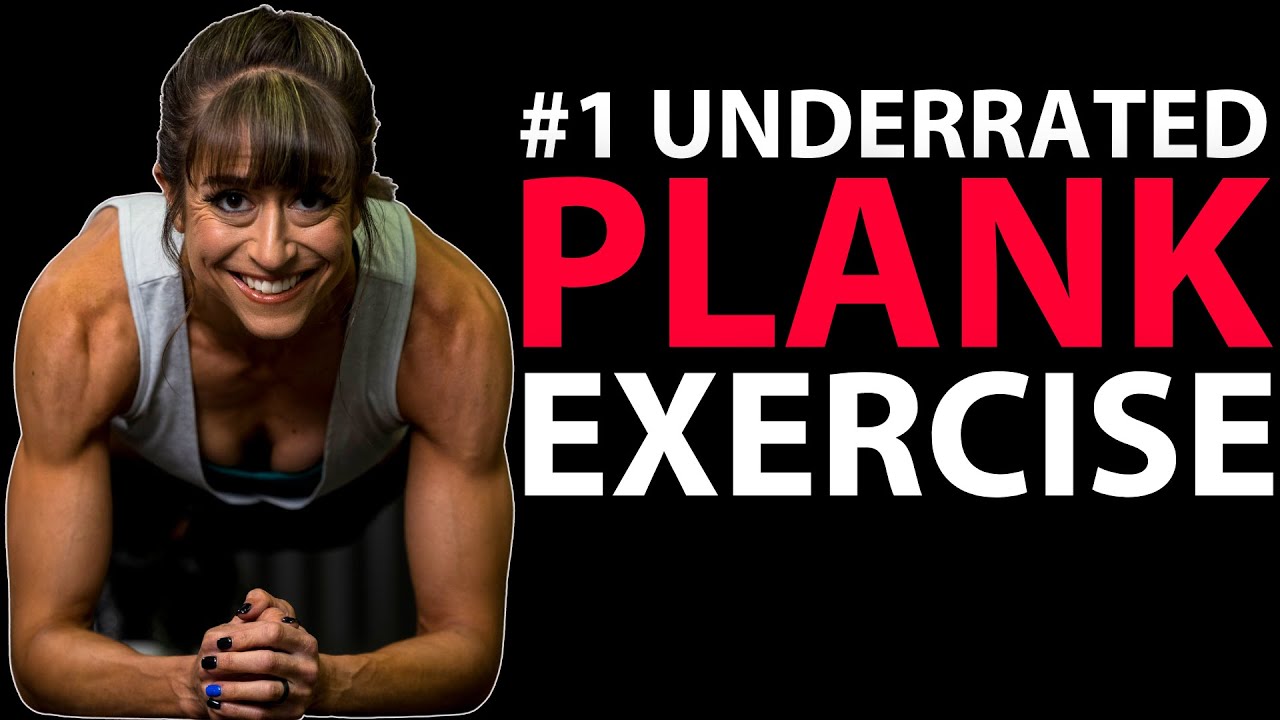
The One Small Change That Will Transform Your Lower Ab Workout
One small tweak to a move can be exactly what we need to create progression and take our results to the next level.
That’s why I want to show you how just this small change in your bench positioning can progress the basic lower body crunch to challenge those lower abs even more.
If you haven’t yet tried Incline Abs, you’re going to want to.
In this video I want to break down how to do this move to get the most benefit as well as why it is so amazing.
Because this exercise is deceptively challenging and must be earned, I’ll also share ways to modify it and build up!
But first, why should you use this move?

Incline Abs are a move I’ve fallen in love with because they are a great way to create progression through the same but different from hanging abs, but also take the basic lower body crunch up a notch without adding weight.
And lower body crunch movements are a great way to target that lower portion of our rectus abdominis, or our lower abs, to a great extent.
This move reduces some of the strain on the upper body that comes with doing the hanging knees to elbows, while still giving you the benefit of engaging your upper body to pull down on the bench as you curl your knees up.
So you get the upper body bonus but with less upper body strain.
That upper body hold can be helpful to engage the lats and even your serratus to better help you active your abs and protect your lower back.
And because of the bench behind your back, you won’t be able to swing or use momentum as easily as you can with hanging knees to elbows.
The bench variation can help you really practice that spinal flexion to learn to control that knee tuck, even making it a great option if you’re working to build up to hanging core moves.
But don’t think that this move is easy just because it may be a way to build up.
It isn’t. And the harder you pull down on the bench and more you focus on that controlled roll up and down being powered by your abs over just flexing at the hips, the harder this move gets!
Now, breaking down how to do this move to maximize it before I share some modifications and variations…
When you set up for this move, you’ll want your bench on about the second notch for a 45 degree angle.
Sit back against the bench and grab the top of the bench in both hands so you can really pull down hard on it and feel the sides of your back engage.
With your knees bent and toes touching the ground, push your back into the bench and slowly curl up one vertebrae at a time.
Feel yourself rolling your knees up toward your elbows pulling with your abs.
It will be tempting to just sort of bend your knees to tuck but this not only won’t get you far, it will just lead to you overusing your hip flexors.
You want that curl to be powered by your abs which means rounding through your spine.
Once you curl your knees up to your elbows, focus on that slow lower down one vertebrae at a time.
At the bottom, do not release tension on the top of the bench or bounce off pushing off with your feet.
You may feel your hips just slightly working at this initial point so can keep your knees tucked up and not fully touch down if you’re struggling with that initial ab engagement to start.
The key here is that hard pull down on the bench and curl!
This is deceptively hard when done intentionally and with control. And starting with a flat bench may be key.
However, if you feel really stuck building up to this move, even try a slow eccentric “only” variation.
To do this, you can slightly use that push off or momentum to set up at the top then control the lower down for a 5 count.
Because we are often strongest in the eccentric portion, this may help you take on your weight to work through the movement with control but while using momentum strategically.
But if you can’t control that lower down, the flat bench or even the ground with an overhead hold can be key to start.
You’ll still get that upper body engagement and you can learn to control that spinal flexion.
If you kick out straight with the moves it will take things up a notch from keeping the knees bent to touch the toes down as you lower back down from the curl.
Make sure to keep your abs engaged as you extend your legs out straight if you do, tilting your pelvis toward your ribs for that posterior pelvic tilt. That will engage your abs with your legs out straight and even engage your glutes.
You can kick your legs out a bit higher if needed as well to modify just slightly.
With this flat variation still stay focused on that curl of the spine to bring the knees in and pull down hard on the bench or pole you’re holding on to overhead.
But this flat variation is a great way to get started on that curl without the added resistance that gravity applies with the incline.
Regress to progress but focus on that curl and use that overhead hold to help you really work those abs.
And then use that change in posture on that bench to progress the lower body crunch to challenge your lower abs.
From there, don’t be afraid to change up tempo or even add loads as you use that Incline Ab variation. But don’t just jump to adding loads. Focus on that control and slow roll powered by your abs!
For more moves to challenge your entire core, check out these 7 Intense Ab Moves.






